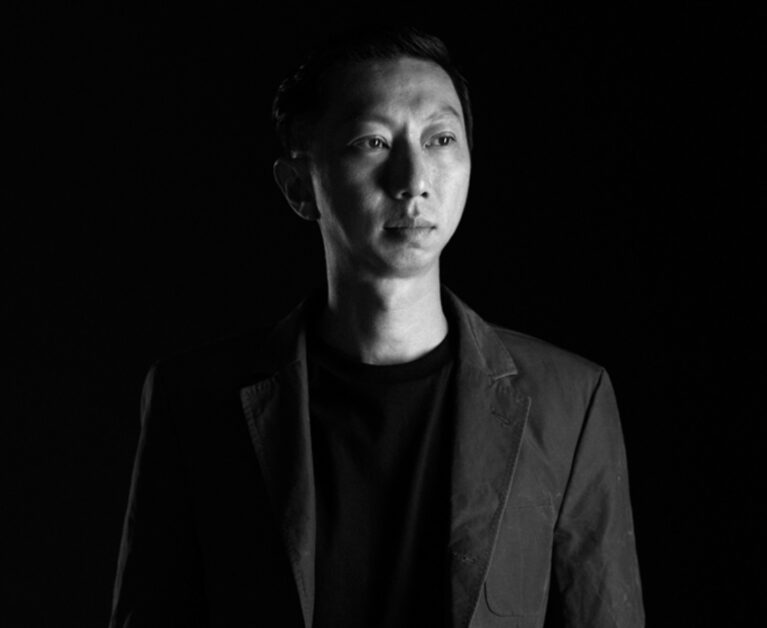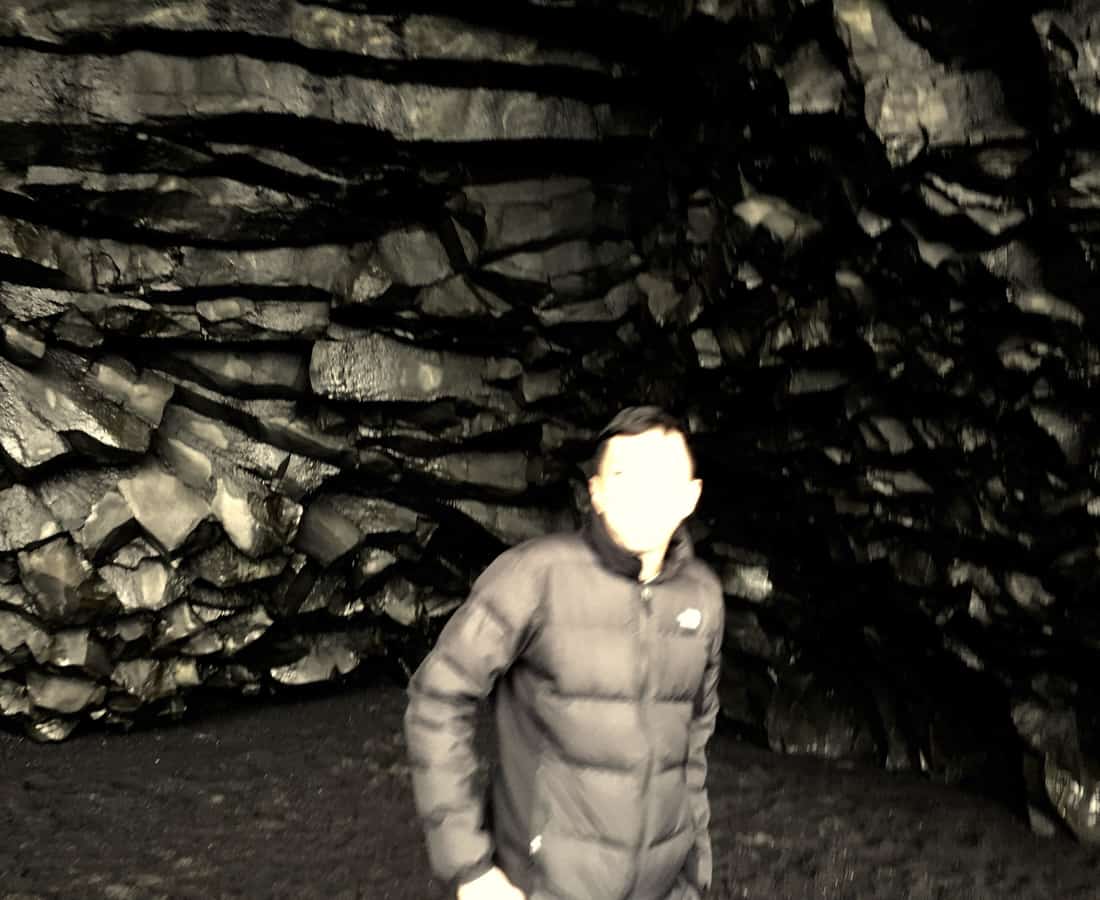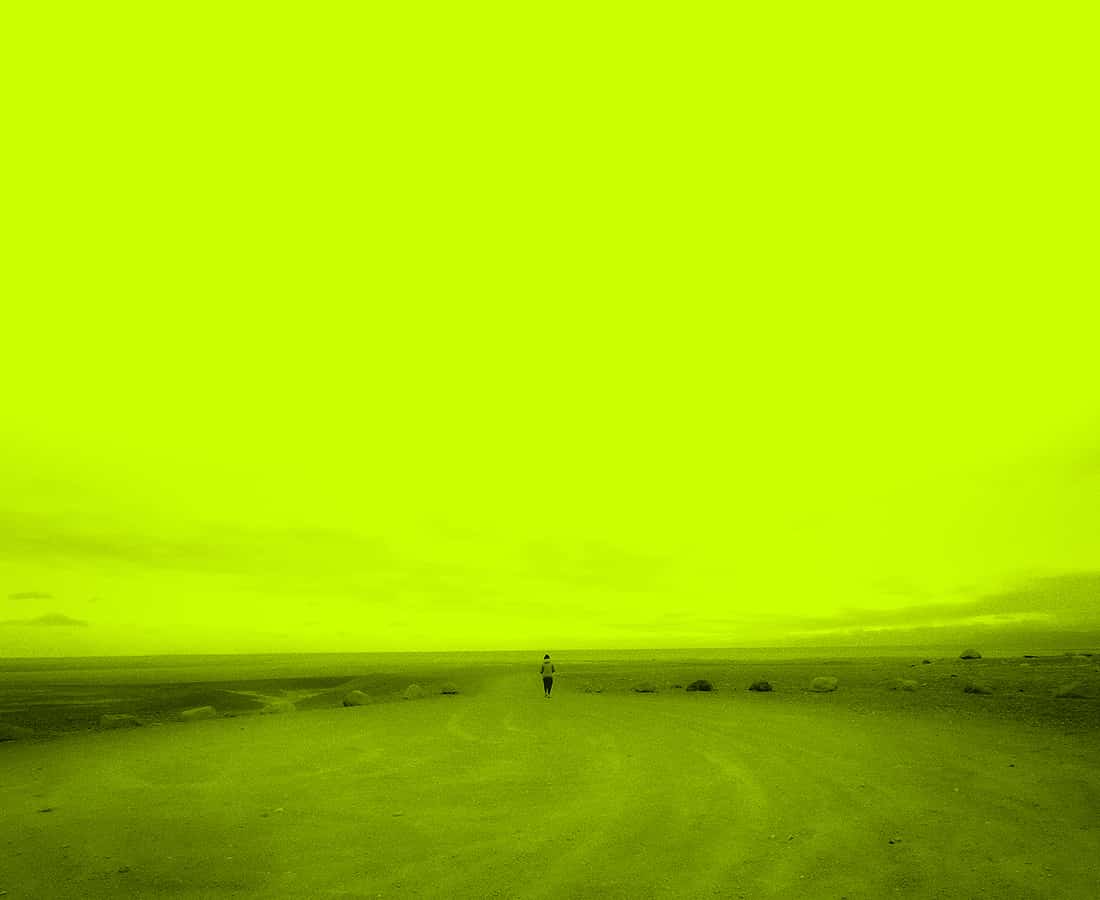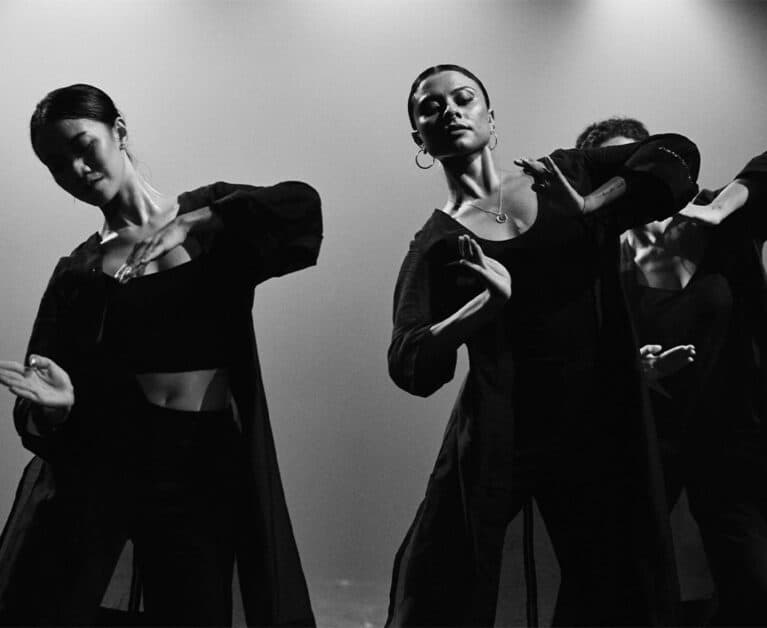City Nomads Radio: Kiat, Singapore

PUBLISHED August 28th, 2020 05:00 am | UPDATED August 18th, 2023 01:04 am
We usually try to provide a brief biography of our City Nomads Radio luminaries, but in Kiat’s case, it’d take a whole book and then some. This multidisciplinary titan seems to have crammed several lifetimes in one – trailblazing drum ‘n’ bass DJ and producer, acclaimed art director, visual artist, and co-founder of audiovisual collective Syndicate. From bass-driven grooves that have won him the title ‘Leader of the Nu-Skool’, to sleeve art for seminal labels like Metalheadz and Soul:R, his keen adventurousness flows through all he creates. We got him to share about his twin passions for music and design, with a little dose of retrospection to boot.
Hi Kiat! Let’s take a trip down memory lane – how did you get into electronic music?
Well, my earliest vague memory is listening to Dad’s vinyl as a toddler at home… he has some super early disco records which contained some synthesised elements, most notably the drum sounds from what I can recall.
But my most vivid memory was one Tuesday after primary school classes ended, when I decided to hop off the school bus early to hang at my friend’s home. As I was walking down to his home’s basement, I heard this booming rhythm that was captivating. I followed the sound and it led me to a radio in the basement where they were playing Prince’s ‘When Doves Cry’.
I think that moment really started the whole fixation with electronic-made music. That evening, I bought some empty cassette tapes and just sat by my radio waiting for that tune to come on again… just so I could record it and listen to it over and over again.
After that, hip hop started to bubble up in New York, and that musical culture with its creative production ideas got me hooked.

You did a DJ residency at Zouk, back in its early years. What was the club scene like then?
Oh wow, that felt like many lifetimes ago! Zouk pretty much put Singapore on the world map for clubbing back then. The level of progressive music showcased there was intense. It was really a place with a community of like-minded individuals: photographers, DJs, producers, designers, hairstylists … the list goes on. You would see Bjork performing one weekend, then the next weekend would be an eight-hour DJ set.
Pretty much every weekend of my early adulthood was spent there, consuming electronic club music from around the world. Without exaggeration, it was really like a musical church for me. The experience showed me that with the right combination of space, content, and open-minded people, culture can flourish.
The club scene on the island was really top-notch back then, with so many local nights pushing really good music every weekend! Having said that, we had no social media or iPhones so everyone hanging out was mentally there in the moment, on the same frequency.
What gave you the push to set up Syndicate a decade ago?
Syndicate started over some drinks with old friends at Clarke Quay. Darren was already pushing the Dubwise sound long before this whole branding of what ‘bass’ music was, Cherry had her whole experimental nites with the female DJs, Safuan was someone I respected not only for his musical opinion but also his lens towards art and culture.
The bottom line is that we wanted to express ourselves creatively, to make life interesting for ourselves against the tide of our changing cultural landscape… and then the lasers from Marina Bay Sands shot over the horizon. It was initially meant to be a six-month experiment with support from the now-defunct Home Club – just five friends coming together to try something beyond our comfort zones. And then it took on a life of its own.

What makes an electronic track interesting for you?
For me, interesting would be something different, and not necessarily ‘nice’ sounding in classical terms. Something that stands out from the mountains of music we consume.
And ideally, what would really make it work for me is if I can somehow hear the personality of the one making it. Music, like art, is pretty much a reflection of your soul… it’s nice to go beyond what is consumed and somehow connect with the intention of each creation. Everything is subjective but the meaning is always the thing that keeps it interesting.
You’re a prolific visual artist as well, with everything from album sleeve art to local community projects under your belt. Could you share more about your background in design?
I studied graphic and multimedia design when I was younger, so that’s my classical training in a way. I was influenced by the then-emerging graphic style which accompanied British club culture, from label art to packaging and magazines. I was consuming magazines like ID and The Face on the regular. After graduating, I spent just over a decade as an art director with Theseus Chan’s studio WORK, which was a fun ride.

I think design and music, or even art, is very similar in many ways. Frequencies are like sonic paint on a canvas of time for me. There are parallels in looking at, say, an issue of WERK magazine and listening to a piece of music from Ryuichi Sakamoto, for example. The sequence is told by two different disciplines yet shares a clear intention.
I guess looking back now, I do try to paint an image with my music or DJ sets, or try to create art that has some rhythm to it, if that makes sense. I’ve always loved design as a discipline – to create a tangible form in print was and is one of my passions. Much like putting out a record!
So how do you develop the symbiosis between music and design in your audiovisual projects?
I grew up buying vinyl and music videos, so for me, the basic relationship between design and the music was always there. I’ve always enjoyed the process of collaboration and the language of creativity between disciplines. Also, I learnt at an early stage of my career to work with those you have a great relationship with, not just those with talent. It yields far fresher results when you get an unlikely hybrid of disciplines… some work out, some don’t. But at least we venture beyond what our personal comfort would be.

So there isn’t a method to the symbiosis – more a focus on the relationships along the way, plus a good dose of gut feeling. What intrigues me is trying to explore new relationships between sound and sight – trying to find other hidden languages within that we haven’t uncovered yet.
What’s your go-to thing to do when the creative juices just aren’t flowing?
When I was younger, I’d just bash my way through the block. But these days, I know myself enough that I wouldn’t start any work if I’m not anywhere near my flow state. Nowadays, my first fix would be meditation to unravel the mind. Sometimes, I do head out to the tennis court to get some endorphins and sunshine when work gets heavy.
One other thing I do is to make a call to someone on my ‘Recharge’ list. It’s a list of about ten people – usually old friends or mentors with whom chatting recharges me. It’s more a catch-up phone call and nothing about creative work usually. If all else fails, I pick up some paint and start painting… that always works out!

What’re you currently working on?
Being a better human being everyday. And trying to improve my relationships around me big and small. Oh, and also trying my best to be mindful every waking second.
Describe your mix for us!
Let’s just say it’s a collage of sorts, of beats from friends whom I think make interesting tunes!
Keep up with Kiat on Spotify, Instagram, and Syndicate’s Soundcloud.
All photos courtesy of Kiat



